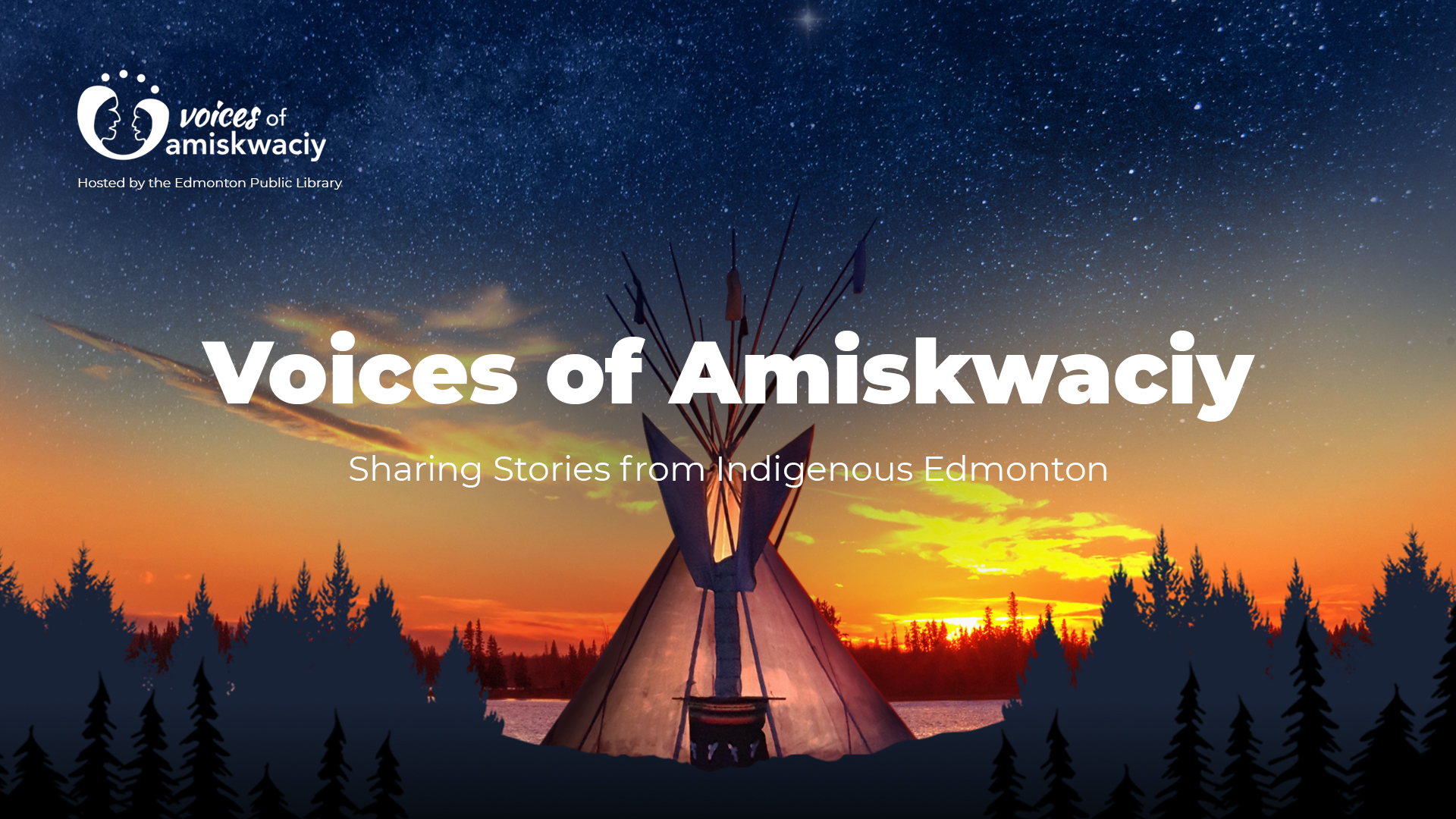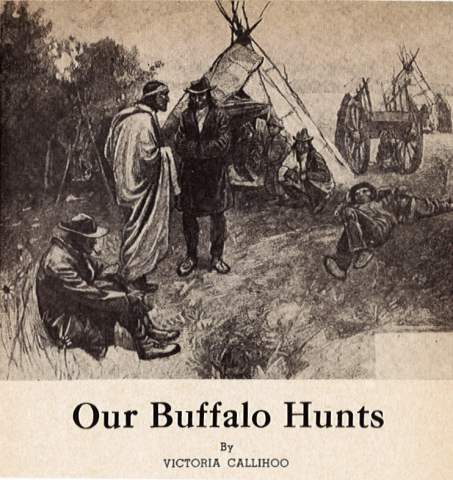Voices of Amiskwaciy

Voices of Amiskwaciy is a digital public space to share Indigenous stories and was the first iteration of Voices of the Land, hosted by the Edmonotn Public Library (EPL).
This initiative supports the community to create, share, discover and celebrate local Indigenous content online. EPL supports the skill-building needed for communities and groups who would like to create and manage their own collections and learn how to do digital storytelling. The initative is guided by the values of ongoing guidance and collaboration with Indigenous communities in the region. Voices of Amiskwaciy is a space owned by the Indigenous community. Amiskwaciy is short form of amiskwaciy-wâskahikan, which translates to “Beaver Hills” in Cree and refers to the Edmonton region.
Voices of Amiskwaciy was made possible in part by the Government of Canada. Ce projet a été rendu possible en partie grâce au gouvernement du Canada.


